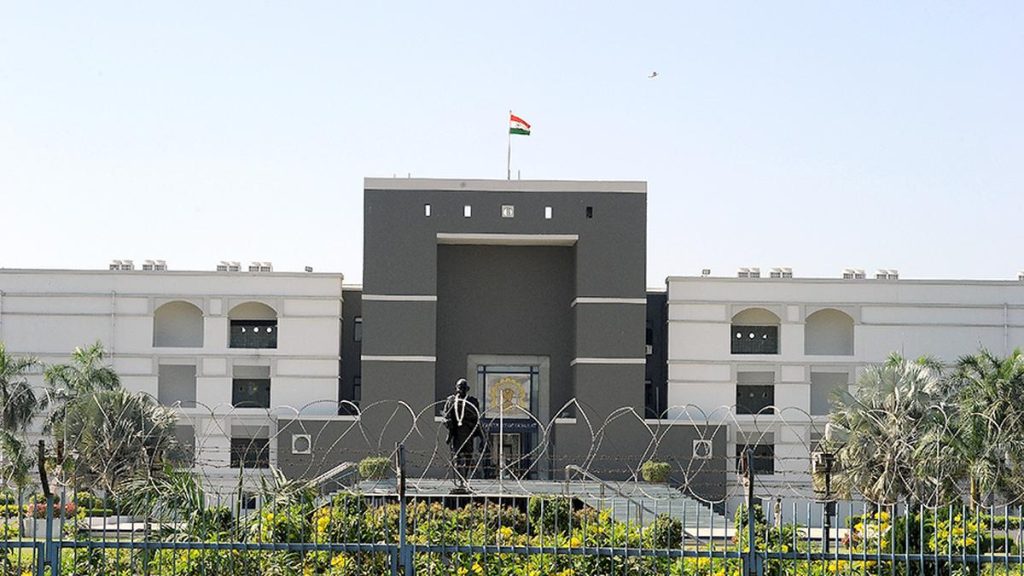Now Reading: Unveiling Elementary Particles: Building Blocks of the Universe
-
01
Unveiling Elementary Particles: Building Blocks of the Universe
Unveiling Elementary Particles: Building Blocks of the Universe

Quick Summary
- Focus of Particle Physics: The study of the universe at its smallest scale, including subatomic and elementary particles like protons, neutrons, quarks, electrons, and forces such as gravity and electromagnetism.
- Key Concepts: Includes phenomena like wave-particle duality where matter behaves as both waves and particles. The Standard Model is a prevailing theory explaining particle interactions but excludes gravity.
- Experiments & Discoveries: Scientists use high-energy particle accelerators like the Large Hadron Collider (LHC) to study unstable particles formed during collisions. Notable discoveries include the Higgs boson particle in 2012.
- Structure of Atoms: Composed of protons (positive charge), neutrons (neutral), and electrons (negative charge). Protons/neutrons are made up of quarks; electrons are a type of lepton with no strong nuclear interaction.
- Particle Families:
– Fermions form matter (quarks/leptons).
– Bosons transmit forces (e.g., photons for light energy).- Quark types include “up,” “down,” etc.,while leptons include neutrinos/electrons.
- Indian Scientist Highlight: Satyendra Nath Bose co-developed quantum mechanics with Albert Einstein. Bosons are named after him.
!Elementary Particles Diagram
Image Credit: Cush via Wikimedia Commons
!Illustration Showing Subatomic Collision
Image Credit: MARK GARLICK/SCIENCE PHOTO LIBRARY via Getty Images
!Photo from LHC Machinery
Image Credit: Lionel FLUSIN via Getty Images
Indian Opinion Analysis
India has historically made meaningful contributions to fundamental physics research, exemplified by renowned scientists such as satyendra Nath Bose whose work remains foundational in quantum mechanics. however, advancements in cutting-edge technologies used for exploring subatomic particles-like those employed at the Large Hadron Collider-are areas where India must focus more investments.
The global implications of breakthroughs in particle physics range from refining our understanding of matter to potential practical innovations like quantum computing or advanced materials science. For India to remain relevant in these fields, building collaborations with international organizations involved in facilities such as CERN offers an immediate path forward while domestic infrastructure investment like high-energy accelerators is equally paramount.
Encouraging interdisciplinary education that combines theoretical physics with engineering might allow future generations to bridge gaps between fundamental research and technology development essential for societal impact.
























